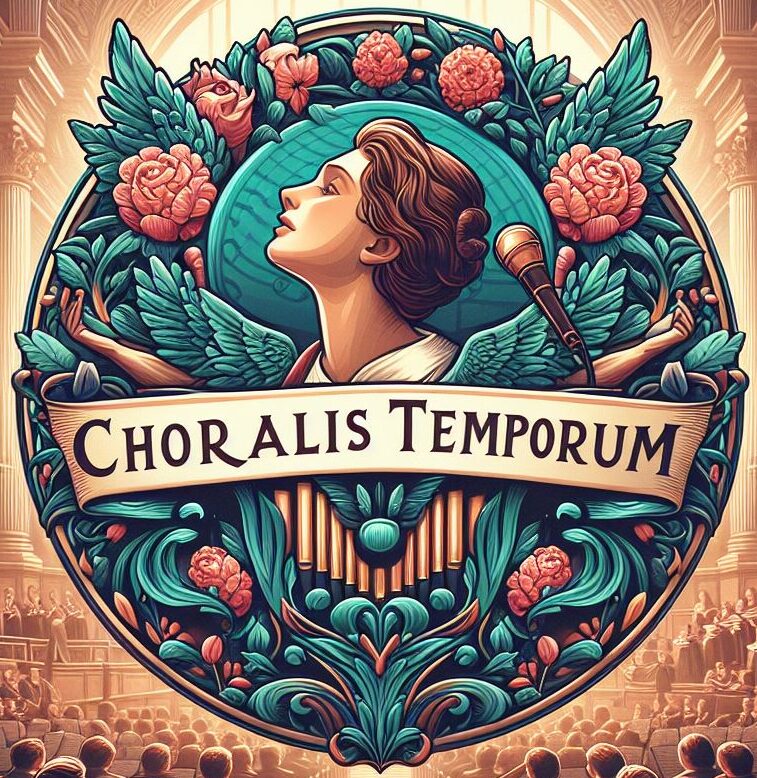English Madrigals are a type of vocal music that flourished in England from 1588 to 1627. They are usually sung by a small group of singers, sometimes with instrumental accompaniment. They are often based on poems that express love, nature, or humour. The English Madrigals were influenced by the Italian Madrigals, but they developed their own distinctive style and features. Some of the most famous composers of English Madrigals were Thomas Morley, Thomas Weelkes, and John Wilbye.
Thomas Morley (ca. 1557-1602)
April is in my mistress’ face
Download the pdf score here
Thomas Morley (1557 – early October 1602) was an English composer, theorist, singer, and organist of the Renaissance. He was one of the foremost members of the English Madrigal School. Morley was born in Norwich, England, and held a number of church musical appointments, including master of the children at Norwich Cathedral (1583–87), organist at St. Giles, Cripplegate, in London, and by 1591 at St. Paul’s Cathedral.
He was chiefly responsible for grafting the Italian influence onto the native English madrigal, initiating a brief but brilliant flowering of the madrigal that constitutes one of the most colorful episodes in the history of English music. Morley was the most famous composer of secular music in Elizabethan England and, along with Robert Johnson, composed the only surviving contemporary settings of verse by Shakespeare.
Morley was also active in music publishing and held a printing patent (a type of monopoly) from 1598 up to his death. His textbook, “A Plaine and Easie Introduction to Practicall Musicke” (1597), provides knowledge of the theoretical basis of composition of his own time and that of earlier generations.

